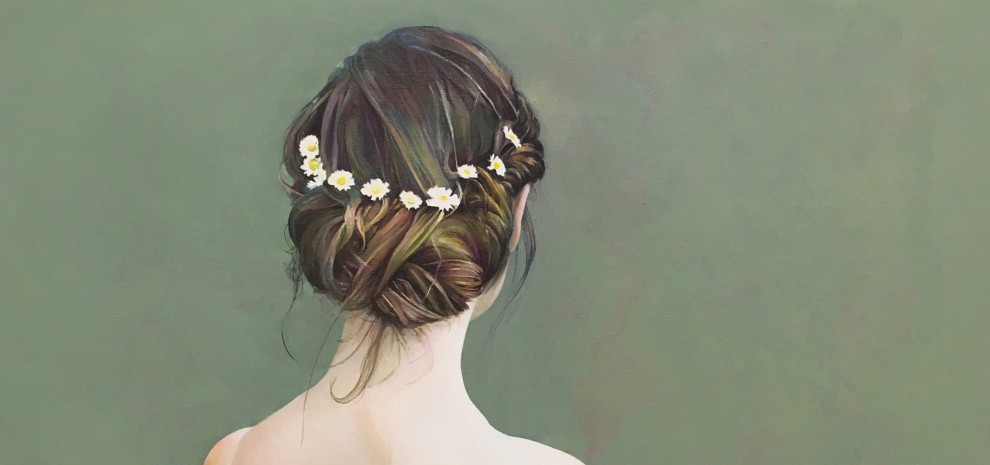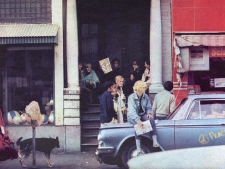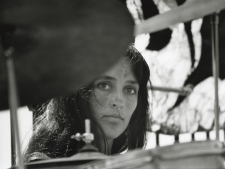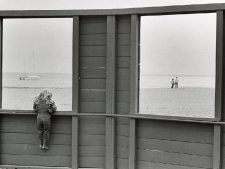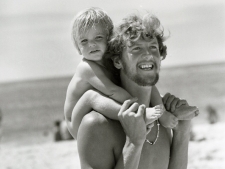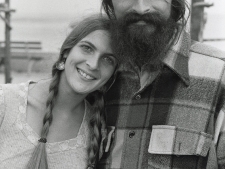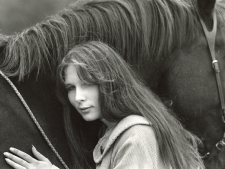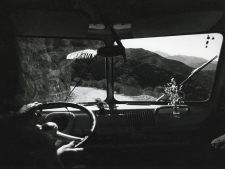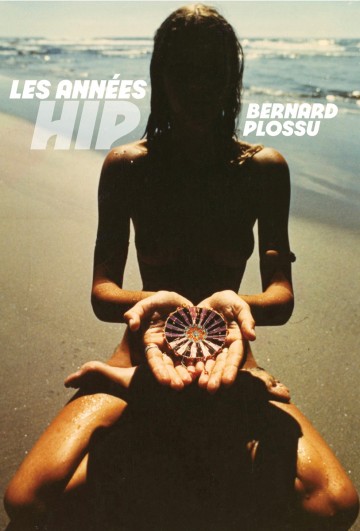
From October 3, 2024, to March 26, 2025, the Musée Regards de Provence presents the exhibition The HIP Years - Bernard Plossu, celebrating the early years of the illustrious career of Bernard Plossu, an iconic figure in French photography. Just over 20 years old, fascinated by hippie culture, its dream of a better world, and the quest for a life in closer harmony with nature and the elements, Plossu takes us to the West Coast of the United States and India—places that, half a century later, remain irresistibly linked to this movement.
He remains a distant witness to private moments and public scenes. These almost miniature black-and-white photographs challenge norms with their poetic, simple, delicate, and timeless vision. For him, it is neither reportage nor journalism. In his work, there exists a singular "third way" where the image is not a discourse on the world, but rather an inquiry into the meaning we assign to it.
In 1966, at just over 20 years old, Plossu was already immersed in the counterculture movement, having a profound fascination with the hippie culture, its dream of a better world, and the search for a life in greater harmony with nature and the elements. He took us to the West Coast of the United States and to India, places that half a century later, remain strongly linked to the hippie movement.
A year before the famous “Summer of Love,” which marked the peak of this new social experiment, Plossu captured the unique atmosphere of California, focusing on two specific sites. One was the Haight-Ashbury neighborhood in San Francisco, just a few streets lined with typical Victorian houses, which served as the nerve center of the hippie movement for a few years. The other was Big Sur, a rugged natural site with wild coasts sometimes bathed in sunlight, sometimes immersed in fog for days on end. Plossu was clearly captivated by Big Sur, describing it as “the most beautiful place imaginable, wild, misty, with breathtaking landscapes, a kind of Scotland where people live who say no to the Vietnam War, no to consumer society, the first environmentalists.”
In San Francisco, Plossu frequented the City Lights Bookstore, a legendary store associated with the publisher that brought out the works of key Beat Generation poets. He met Allen Ginsberg, Joan Baez and her sisters, and Henry Miller, all while capturing without pretension the lives of his artisan friends, writers, and artists.
Four years later, Plossu ventured to India, to Ceylon (Sri Lanka) and Goa, aiming to complete what many hippies saw as a crucial initiation journey to discover ancient wisdom and a different relationship to nature and the sacred. Plossu truly embraced the spirit of the time—sincerely living as a hippie with a certain naïveté, something he acknowledges in hindsight. His photographs tell the story of his own quest for love and peace, as well as his first disillusionments when he realized that anti-conformism had become a fashion and the hippie dream was being recycled into a profitable business.
Although Plossu did photograph India and his return to California with a 24mm wide-angle lens in color during the 1970s, he preferred a 50mm lens, which neither distorts reality nor the photograph. This lens, mounted on a 24×36 camera, creates an optical distance that is closer to the human eye’s vision, imposing a minimum distance of about two meters for a bust shot and four meters for a full-body shot.
While many photographers in the 1970s were opting for color and large formats, Plossu had long made the exact opposite choice, deliberately distancing himself from any commercial approach. He avoided the potential intrusion of the private space by wide-angle lenses or the invasion of the model’s intimacy with telephoto lenses.
Although his early photographic harvest from the U.S. and India still includes color shots, Plossu’s work revolves around unvarnished, unintrusive life moments, alternating between posed portraits and candid shots. His ability to capture the perfect moment characterizes his work, placing him alongside the great photographers. This exhibition reflects an era that deeply marked Bernard Plossu and reminds us through his images that, for a time, hippies sincerely believed that a better world and a life closer to nature were possible. It was a pre-ecological generation, and despite an apparent naïveté (Peace and Love), the desire to live more closely with nature pioneered what has become the present day.
Plossu, an indefatigable traveler, had already explored Mexico in 1965 and would later visit Niger, the Stromboli Islands, and Andalusia before settling in La Ciotat, where he still resides today.
Words from Bernard Plossu
“The summer of 1966, a year before the ‘summer of love,’ arriving from Mexico, landing in Frisco, Carmel, Big Sur, by an extraordinary stroke of luck, was like shedding my skin and changing my life: gone were the ‘must-see’ films, the intellectual books we thought we had to read! Away from the movie theaters, here were the wild waves of the Pacific Ocean, the wind and fog, the breath of freedom, the trees, the eagles, and all this fascinating pre-eco generation wanting to change the way of life: the Hippies, following in the footsteps of the Beatniks who had already turned everything upside down…”
“Life moments photographed, like the outdoor concert at Esalen on the Big Sur coast with the three Baez sisters and Allen Ginsberg smiling with his small cymbals, and thousands of new good savages with smiles radiating inner beauty; Sheila riding her horse Hoko barefoot; Patty climbing trees while laughing; Kathy diving into the wild Tasajara River; or Peter playing the bagpipes on a hill… Then the Northern fog, Haight-Ashbury in Frisco at its beginnings! Thousands of young people coming from everywhere for concerts and good weed…”
“But we are also right in the middle of the Vietnam War, and the youth do not want to kill people for no reason in faraway countries at the orders of warriors for whom their lives don’t matter. PEACE AND LOVE and NO TO WAR.”
“The movement will continue for several years, and in 1970, I left for India to join friends who had left California, in search of wisdom. Of course, there was naïveté, which was indeed criticized, but it was also a fight for other values. I was lucky, once again, an incredible stroke of luck, to attend the annual meeting of the SADHUS, Indian sages who travel from place to place, who allowed me to photograph them. At the time, I had a 24mm wide-angle, which I abandoned later because it was too spectacular, but I still do not deny these photos, as they are such testimonies of an era!”
“Having met the Fresson family in 1967, it was the vintage prints from that time, revealed in Marseille for the first time in the Musée Regards de Provence 57 years later!”
“Half a century has passed, but I remain convinced that what an entire generation did contributed greatly to a radical change. None of us ever imagined we would one day have a cell phone! What for?”
